
Bioniche Animal Health introduces Settle?, an immunoreproductive product.
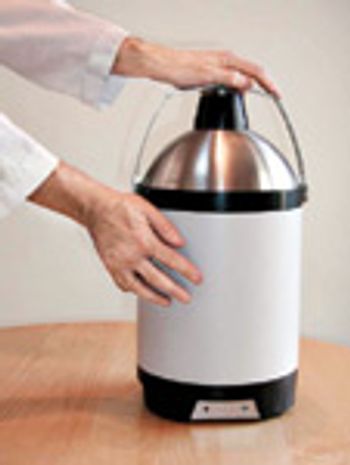
Medical Innovations introduces the Medical Waste Machine system to convert sharps from medical waste to ordinary waste.

Blackwell Publishing introduces Skin Diseases of the Dog and Cat
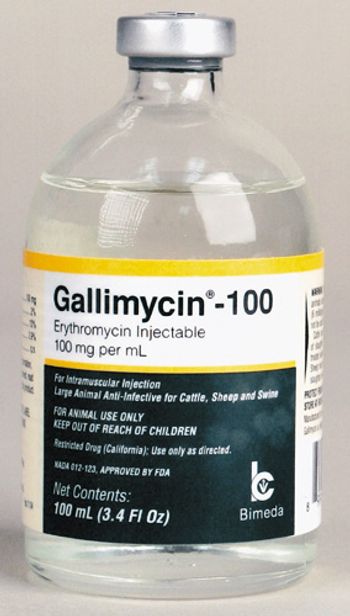
North America introduces Gallimycin-100 (erythromycin 100 mg/mL).

Spectrum introduces Smith Baxter mouth gags.

If only I had more time." How often have you experienced this thought at the start, during or at the end of a busy day?

Boise, Idaho — Pets Best Pet Insurance introduces an insurance program for bonded pet owners.

Veterinary medicine faces a myriad of challenges in 2006. From an increasingly aggressive animal welfare movement to dwindling state funds for veterinary colleges, the issues impact this profession in multi-faceted ways.
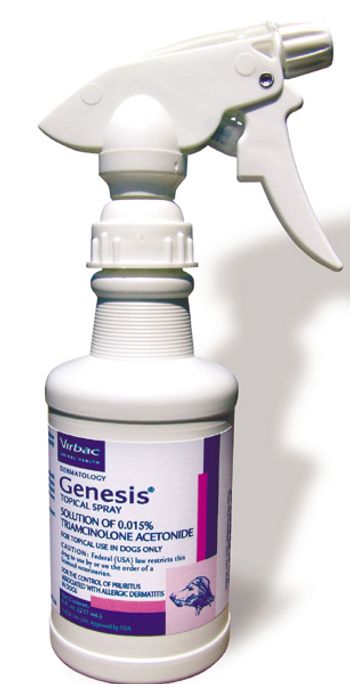
Virbac Animal Health announced that Genesis? Topical Spray is available in a smaller, 8-ounce bottle.
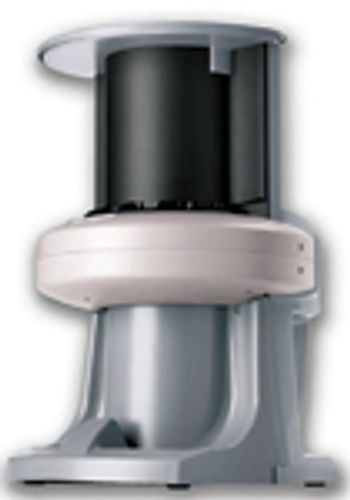
Allpro Imaging introduces ScanX 12DVM, a computed radiography scanner for small animal veterinarians and veterinary dentists.

Summit Industries is offering the InnoVet DXR, a digital X-ray system that has been approved by the Food and Drug Administration.

Vision USA introduces sport bifocal safety glasses available in three sizes.

Show season kicks off in a couple months with the promise that livestock will be hauled to county and state fairs across the country. Combine inexperienced showmen with the commingling of hundreds of animals, and problems are almost destined to materialize. The following discussion highlights a variety of conditions common in livestock exhibited at shows that food animal veterinarians often are called upon to diagnose and treat.

Hartz introduces VMX Pet Vantage Essentials, Speedy Groom Brush with peel-away cloths available for dogs and cats.

RxWorks announces support for Short Message Service (SMS) messaging into its RxWorks practice management software.

The 143rd American Veterinary Medical Association (AVMA) convention will be held in Honolulu, July 15 through 19. This will be the first time the AVMA has met in Hawaii, and I am pleased.
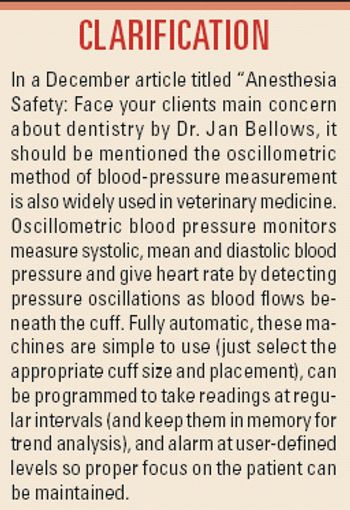
Surgery may be necessary if the lead particles cannot be removed with other methods.

The American Kennel Club (AKC) Veterinary Outreach Program announces the launch of the AKC Veterinary Network to provide resources to veterinarians.
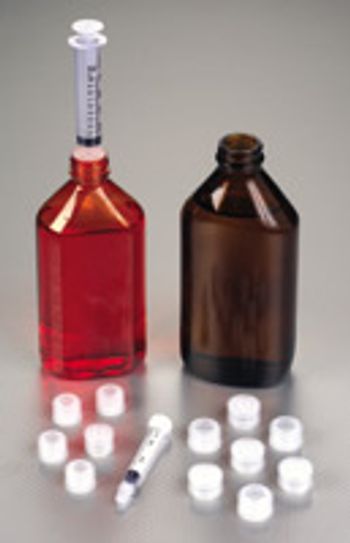
EPS introduces a Press-In Bottle Adapter that allows for easy dispensing of liquids from stock bottles into oral syringes.

Hill's introduces an updated version of the Hill's Feeding Guide software.

Older owners: a growing market.
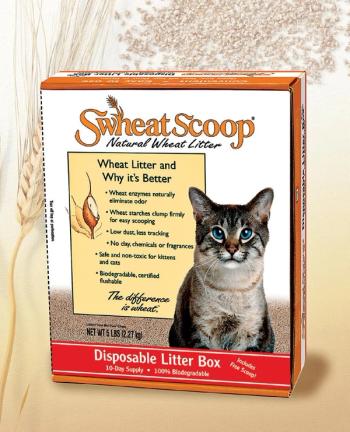
Swheat Scoop introduces a disposable litter box for quick changes and reduction of the spread of diseases.

Penn Vet Supply introduces a veterinary medical supply Web site.

Intervet introduces Vista, a modified-live respiratory and reproductive vaccine line for cattle.

Spectrum Surgical Instruments Corp. introduces previously owned power equipment, which includes all makes and models of pneumatic and battery-powered hand-pieces, attachments, air hoses, batteries and sterilization/storage cases.

Merial introduces Zimecterin? Gold (ivermectin/praziquantel), a broad-spectrum equine dewormer that provides protection against a variety of parasites, including tapeworms.

Vision USA introduces Blue Raised Bar Magnifiers, which rest more than an inch over the viewable surface.

SmartWorks introduces the DP-6600, a digital black-and-white ultrasound platform that provides USB image storage, image clarity and ease of use.

NJ Phillips Pty Ltd. announces the release of the Trigger-Lock Syringe?.

Merial releases a Web site for the Purevax? Recombinant Leukemia vaccine and the Vet Jet? transdermal vaccination system.